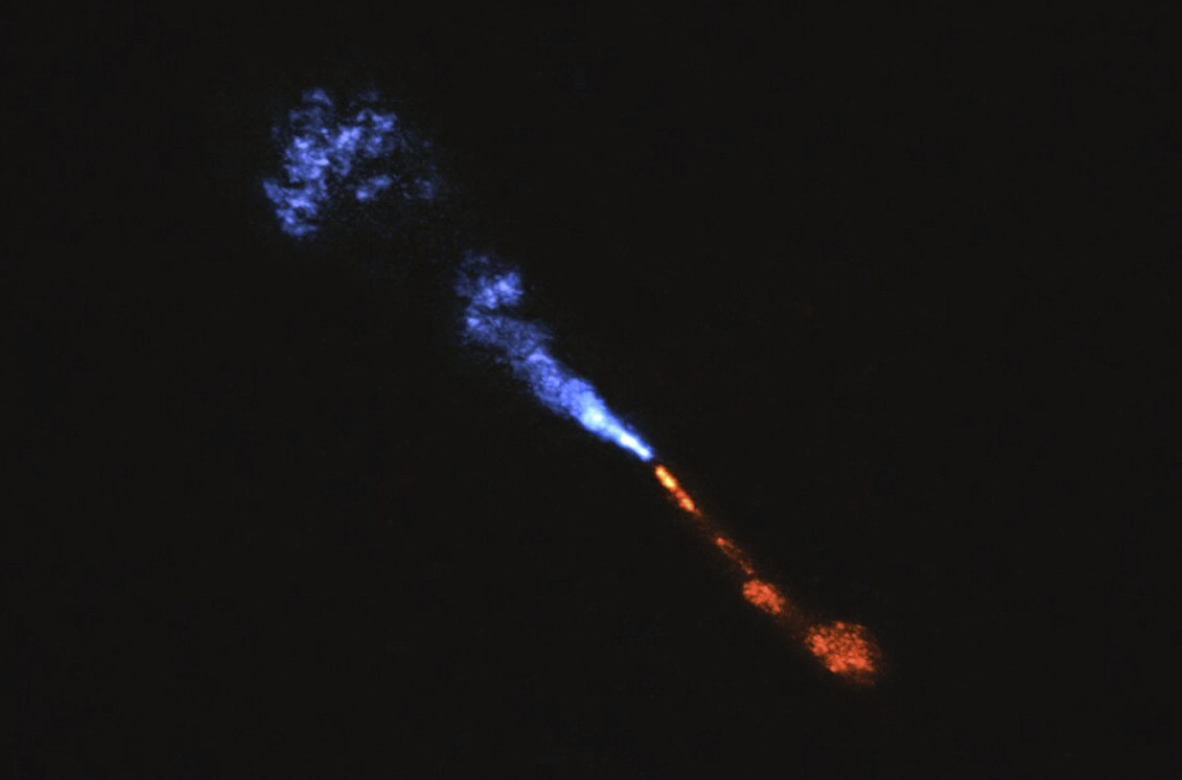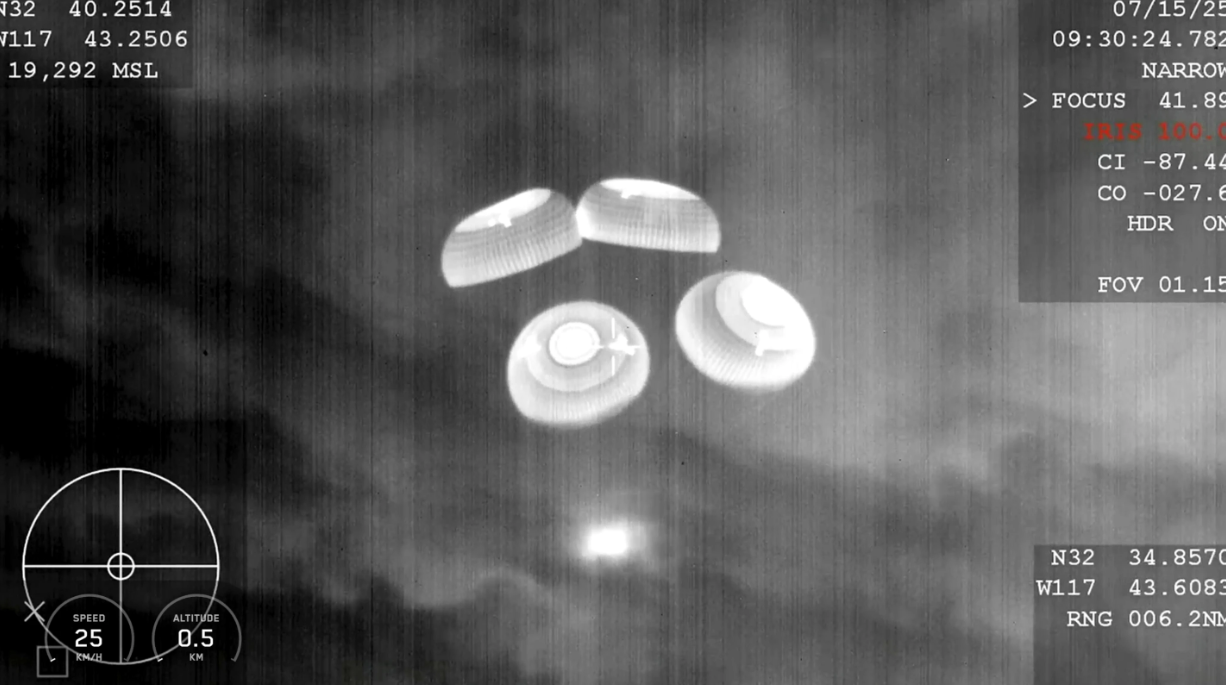For centuries, the human brain has been described as the most complex object in the known universe — a three-pound organ capable of art, emotion, innovation, and consciousness. While science has made monumental progress in understanding the heart, the genome, and even the cosmos, the brain remains a riddle that modern neuroscience still struggles to fully solve.
Despite billion-dollar research initiatives and cutting-edge technologies, the inner workings of the mind — from the source of consciousness to the mechanisms of memory and emotion — remain largely elusive. So, the question must be asked: Has science failed to unlock the true mysteries of the human brain?
The Illusion of Progress
Modern neuroscience has produced detailed brain maps, identified thousands of neural pathways, and built technologies that can simulate certain mental functions. MRI machines can show us where activity occurs, and algorithms can even predict what image someone is looking at. But these tools reveal patterns — not understanding.
We can see the “what” and sometimes the “where” — but rarely the “how” or “why.” How does the brain generate consciousness? Why does memory sometimes fail? What is the nature of thought itself?
These questions remain stubbornly unanswered, revealing the gap between data collection and true comprehension.
The Limits of Technology
Despite incredible technological leaps — from functional MRI to brain-computer interfaces — the brain’s staggering complexity dwarfs our analytical tools.
- 100 billion neurons connected by trillions of synapses
- Constant dynamic rewiring based on experience and emotion
- No two brains are exactly alike — even identical twins develop uniquely
We’ve tried to decode the brain like a machine, yet it behaves more like a symphony: adaptive, emergent, and sometimes unpredictable. Artificial intelligence can mimic human decisions, but it doesn’t truly understand or feel — because we still don’t understand how we do.
The Consciousness Conundrum
Perhaps the most baffling failure lies in our inability to explain consciousness — the sense of being, the voice in our head, the self that observes itself.
Is consciousness a byproduct of computation? A spiritual phenomenon? A quantum event? Theories abound, but none have been definitively proven — and no experiment has come close to reproducing or isolating consciousness.
Without a scientific model of consciousness, understanding the brain in its entirety may remain permanently out of reach.
Mental Health: A Frontier of Uncertainty
Despite decades of research, science still struggles to explain or effectively treat many mental health disorders — from depression and schizophrenia to PTSD and autism. Treatments are often based on trial-and-error medication regimes or incomplete chemical theories.
This isn’t due to a lack of effort. It’s because our understanding of the mind-body connection, and the brain’s relationship to trauma, emotion, and environment, remains largely theoretical.
Have We Failed — Or Just Begun?
Calling it a “failure” may be premature. After all, we’ve only seriously studied the brain for a little over a century — a blink in the timeline of scientific discovery. Still, it’s clear that despite our advances in physics, computing, and genetics, the brain refuses to give up its deepest secrets.
Maybe the problem isn’t the science — but the questions we’re asking. Or perhaps our current models of biology and physics are too limited to account for the brain’s full capabilities.
Conclusion: The Final Frontier of Inner Space
The brain remains the last great scientific frontier. Despite massive investments and technological progress, science has not yet cracked the core mysteries of thought, consciousness, creativity, and emotion.
But perhaps that’s what makes it worth studying. The fact that the brain defies easy explanation is a reminder of its wonder — and of the long, uncertain journey still ahead.
Until we can truly understand the mind, we’ll be exploring the universe with a map we barely comprehend — drawn by the very organ we seek to understand.




